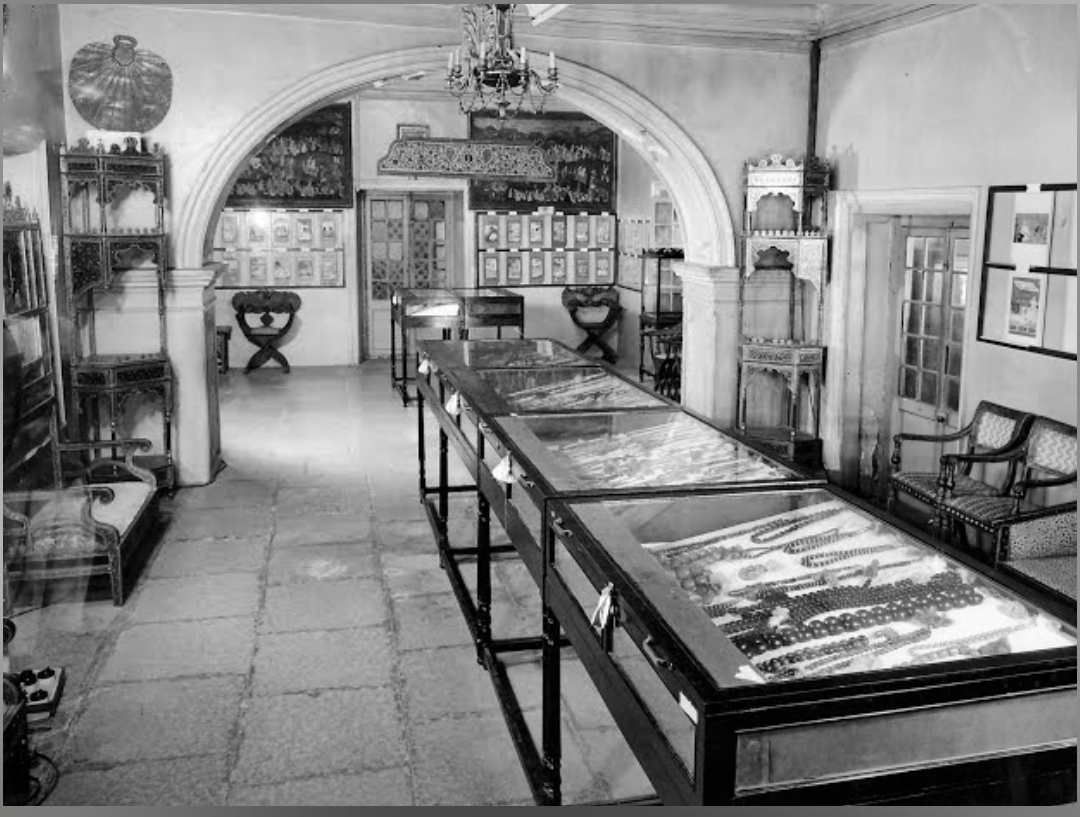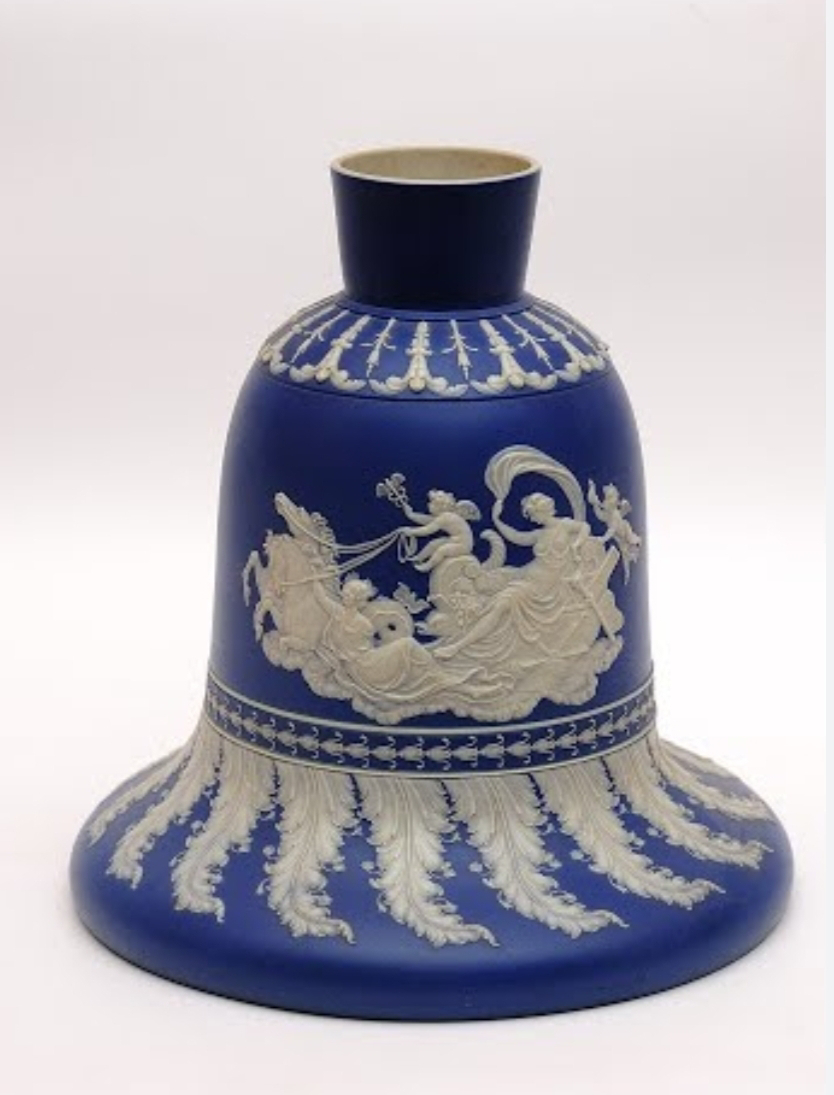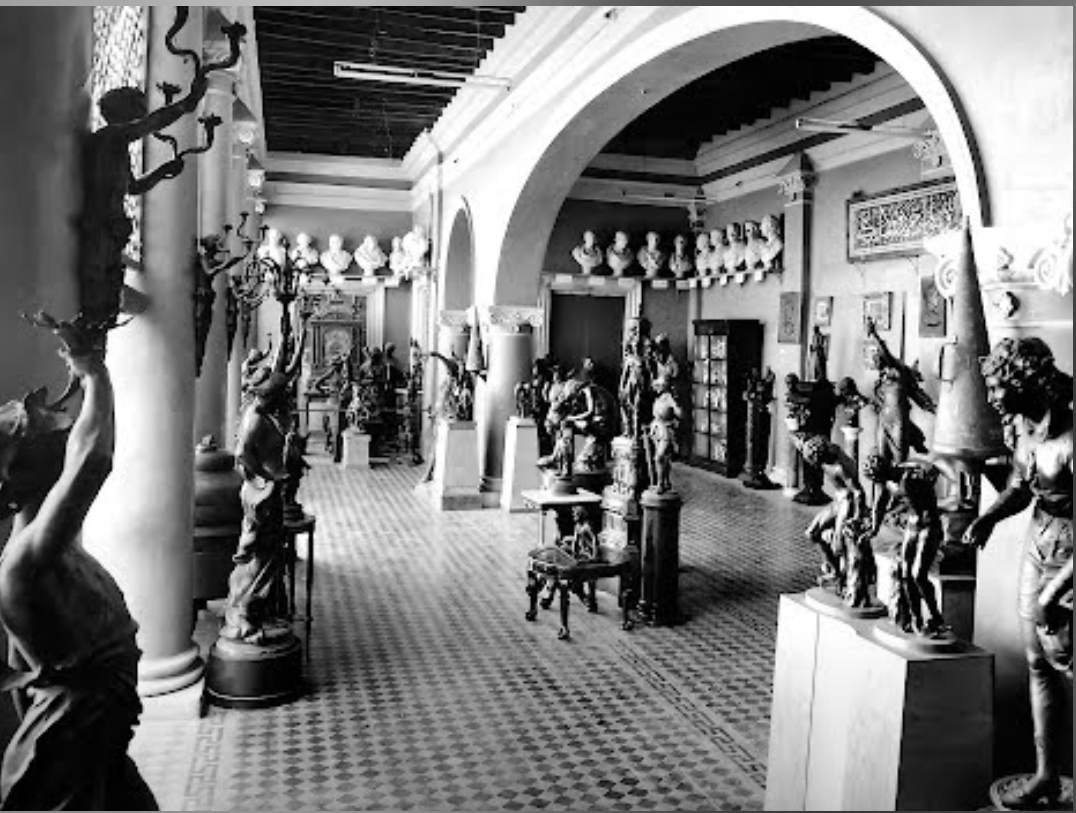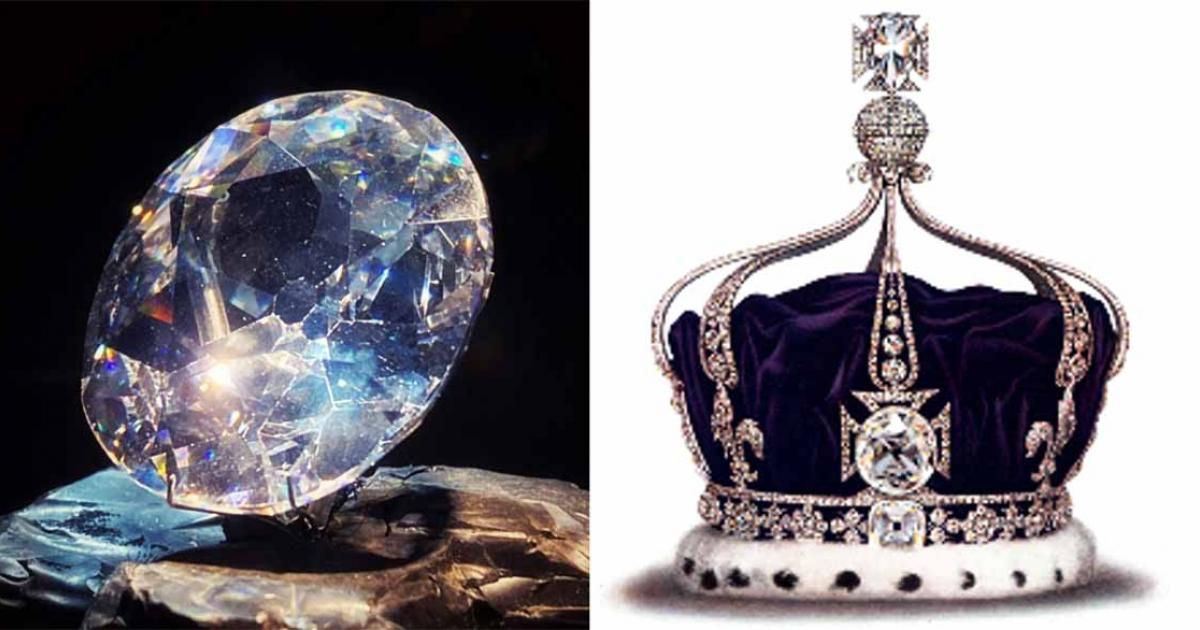The Salar Jung Collection - The World's Single Largest One Man Collection
Life History of Nawab Mir Yousuf Ali Khan (Salar Jung III)
Early Life and Family Heritage
Nawab Mir Yousuf Ali Khan, later renowned as Salar Jung III, was born in June 1889 in Poona (modern Pune) into the illustrious Salar Jung family of Hyderabad.
The young Salar Jung IIIThe Salar Jungs were among the Deccan’s great noble families, with five members serving as prime ministers to the Nizams of Hyderabad over generations. Yousuf Ali Khan’s father, Nawab Mir Laiq Ali Khan (Salar Jung II), tragically died when the infant was only a few weeks old.
His mother, Zainab Begum, brought the baby back to Hyderabad, where the young Nawab was raised under careful guardianship.
At the age of ten, the seventh Nizam formally bestowed upon Yousuf Ali Khan the family title of “Salar Jung,” restoring the mansab (rank) and vast estates that had belonged to his late father.
Mir Osman Ali Khan - 7th Nizam of HyderabadHe inherited enormous wealth – an estate of some 450 villages (about 1,480 square miles) yielding approximately ₹23 lakh in annual revenue – a fortune that would later fuel his passion for art collecting.
Great care was taken in his education and upbringing, preparing him for the prominent role he was destined to play in Hyderabad’s history.
Prime Minister of Hyderabad (1912–1914)
In 1912, at just 23 years old, Mir Yousuf Ali Khan was appointed Prime Minister (Diwan) of Hyderabad by the VIIth Nizam, Mir Osman Ali Khan.
He succeeded Maharaja Sir Kishen Pershad in this high office, becoming effectively the head of the government in the princely state. However, Salar Jung III’s tenure as prime minister was brief.
He served for only about two and a half years before relinquishing the post in November 1914, officially citing ill health as the reason for his resignation.
Freed from state duties, the 25 year old Salar Jung turned his focus wholeheartedly to his real passion – the world of art and antiquities.
In the quiet halls of his palace - the Dewan Deodi (literally, the Prime Minister Palace), Salar Jung III was about to embark on an extraordinary endeavor that would secure his legacy far beyond politics.
Passion for Art: Building the Collection
Once out of office, Salar Jung III devoted his life to collecting art, artifacts, and manuscripts on an unprecedented scale.
From a young age he had shown an inclination for beautiful objects, and now he had both the means and time to pursue this passion full-time.
Over the next 35 years (1914–1949), he amassed a private art collection that would become one of the largest one-man collections in history.
A Hookah Base from Salar Jungs Collection
He spent a substantial portion of his income – by some accounts, around half of his yearly revenue – on acquiring art treasures.
Unlike many aristocrats of his day, Salar Jung III eschewed extravagant lifestyles and avoided lavish parties or indulgences, investing instead in antiques and art pieces.
This single-minded zeal earned him a reputation as an art connoisseur of the highest order.
How he sourced his collection is a story in itself. News of the Nawab’s passionate love for art spread far and wide, such that his ancestral palace Dewan Devdi was perpetually thronged with art sellers and dealers offering curios from every corner of the world.
Salar Jung III also maintained agents abroad who kept him informed of available masterpieces – they sent him catalogues and lists from well-known antique dealers in Europe and elsewhere.
He did not limit himself to buying through intermediaries; the Nawab personally toured abroad multiple times, traveling to Europe and the Middle East to purchase artworks during his journeys.
Salarjung III on a trip to the Pyramids of Giza, Egypt.By bringing the world’s art to his doorstep and venturing overseas to hunt for treasures, he managed to acquire an astonishing array of objects, soon running out of space at the massive Dewan Deori.
Another room in Dewan Deori displaying collectibles of Salar Jung
Indeed, as the collection grew into the tens of thousands of items, Salar Jung III reportedly realized that every room of his mansion was filled.
The Ainakhana (Mirror Room) of Dewan Deori.
He had even planned to shift portions of the collection to another palace for display, but fate intervened before he could execute this plan.
Not only was the Nawab an avid collector, he was also a patron of arts and literature more broadly. He encouraged and hosted poets, writers, and artists, turning Dewan Devdi into a cultural salon in Hyderabad.
He sponsored the publication of books – including histories and biographies of his illustrious ancestors – and maintained a large personal library of rare manuscripts.
By all accounts, antiquities, books, and fine art were the twin loves of his life (aside from the governance he had left behind). Salar Jung III never married, and with no wife or children, he led a somewhat solitary life dedicated to his hobbies.
Visitors to his palace in those years would find the man often poring over his latest acquisitions or arranging displays of his treasures, while dealers from across continents waited in his courtyards to show him more exotic wares.
It was a unique sight: a Hyderabadi nobleman turning his entire residence into a sprawling cabinet of curiosities, and in the process, preserving a cross-section of global heritage.
The Great Collection: Scope and Treasures
By the time of his death, Salar Jung III’s collection had grown to an almost unimaginable scale. According to estimates, around 40–50,000 objects were accumulated by the Nawab, spanning 78 rooms of the Dewan Devdi palace.
These included not only artworks and antiquities but also thousands of precious manuscripts and over 50,000 books – all collected by one man over a few decades.
The range of the collection was truly encyclopedic. Salar Jung III (building on a tradition begun by his grandfather) gathered sculptures, paintings, textiles, carvings, metalwork, ceramics, clocks, furniture, arms, and jewelry from all across the world.
The collection encompassed artifacts from Japan, China, Burma, Nepal, India, Persia (Iran), Egypt, Europe, and North America, among other regions. In fact, observers note that a majority of the artefacts were of foreign origin, as Salar Jung showed a special fascination for art from Europe and East Asia in particular. He acquired everything from Chinese jade and porcelain to European oil paintings and ornate French furniture, from Middle Eastern carpets and Qur’ans to Indian miniature paintings and Mughal weaponry.
If a certain object was rare, beautiful, or historically significant, chances are Salar Jung wanted it for his collection – whether it was an ancient bronze from Nepal or a modern French clock, he pursued all with equal excitement.
Veiled Rebecca, carved in 1876 by Italian sculptor Giovanni Maria Benzoni, is among the most celebrated pieces in Salar Jung’s collection.
This exquisite marble statue (depicting the biblical Rebecca shrouded in a gossamer veil of stone) was originally acquired by Salar Jung I during a visit to Rome in 1876.
The Gateway of Dewan Deori with the Salar Jung Museum Banner.
It became a prized heirloom passed down through the family and now stands as a star attraction of the museum, often admired as a “melody in marble.” The Salar Jung Museum today proudly displays Veiled Rebecca in a central gallery, where visitors marvel at Benzoni’s skill in carving translucent drapery from solid marble. The presence of such a piece exemplifies the discerning eye and global reach of the Salar Jungs’ collecting acumen.
Another iconic treasure in the collection is the 19th-century British musical clock, displayed in the clock gallery.
This Victorian-era clock is ingeniously designed so that at the stroke of each hour, a miniature bearded soldier figurine emerges from a door to strike a bell, while a blacksmith model hammers away the seconds on an anvil.
Crowds still gather around this clock daily to watch its charming automatons in action, a testament to the Nawab’s love for mechanical curios.
The collection also features jeweled daggers and swords of Mughal India, including elegantly crafted knives once belonging to Emperor Jahangir and his wife Empress Noor Jahan, which reflect Salar Jung’s interest in the subcontinent’s imperial history.
In fact, one golden-hilted fruit knife of Noor Jahan has a special legend attached to it – according to local lore, when a merchant from Jaipur came to sell this bejeweled knife claiming it had belonged to the famed Mughal empress, Salar Jung III initially offered him only ₹3,000 against an asking price of ₹3 lakh. Offended, the merchant exclaimed in astonishment, “Kya aap pāgal hain?” (“Are you crazy?”).
The Nawab, rather than reacting angrily, calmly went inside and returned with the full sum of ₹3 lakh in cash, purchasing the knife on the spot.
This episode, often recounted in Hyderabad, illustrates both his whimsical bargaining style and his determination to possess unique artefacts at any cost.
Salar Jung’s assemblage included innumerable other wonders. For example, the museum today houses a set of ivory chairs presented by King Louis XVI of France to Tipu Sultan of Mysore in the 18th century, which later found their way into Salar Jung’s hands.
Tipu Sultan's ChairThere is also an ornate dressing table that once belonged to Queen Marie Antoinette of France, an artifact that even many European museums would covet. Such acquisitions show how far-reaching the Nawab’s network of purchases was – he managed to obtain relics from the courts of European monarchs and Indian kings alike. From Persian carpets to Japanese lacquerware, and from ancient Quranic manuscripts to Rajput miniature paintings, the breadth of the collection was astounding. “The museum has art pieces in every category one can think of,” observed A. Nagender Reddy, a later Director of the Salar Jung Museum, noting that the collection spans 33 countries and numerous civilizations.
By the late 1940s, Salar Jung III had effectively transformed his palace into a personal museum of world art.
Old-timers in Hyderabad recall that every available surface in Dewan Devdi was occupied by some treasure – paintings and tapestries on the walls, jade and ivory pieces crowding cabinets, delicate chinaware and glassware in the Chini Khana (porcelain room), rare books lining the shelves of his library, and antique clocks, weapons, and curios decorating every hall.
Jade pieces from the Jade CollectionA few artifacts from the Jade Collection
It was a singular collection, born of one man’s aesthetic passion and relentless pursuit of beauty.
Later Years and Legacy
As the 1940s progressed, Salar Jung III grew older and suffered from periodic ill health (the same reason that had led him to resign as Prime Minister decades earlier).
He remained a bachelor all his life, and with no direct heir, the question of what would become of his vast collection loomed large.
Salar Jung passed away in his ancestral home on 2nd March 1949 at the age of 59, marking the end of an era.
In the wake of his death, the entire collection was left without an inheritor.
The treasures of Dewan Devdi – tens of thousands of objects painstakingly acquired and curated – were now in limbo.
For a brief period, the collection was looked after by the Salar Jung Estate Committee, which included members of the family.
There was some uncertainty as extended family and heirs of the Salar Jung line discussed how to handle the estate.
Ultimately, in a remarkable act of foresight and generosity, the family decided to donate the entire collection to the nation.
Nawab Mir Turab Yar Jung (a first cousin of Salar Jung III) and others in the family concluded that there “could not have been a better proposal” than gifting this fabulous collection to independent India.
They recognized that if the art works were split up among many heirs, pieces would likely be sold off or even leave the country, fragmenting a collection that was far more valuable as a whole. Instead, by entrusting it to the Government of India for the purpose of a public museum, the family ensured the preservation of Salar Jung’s life’s work.
As one family member later put it, they were not doing a favor to the country so much as “saving their own articles,” since maintaining such a huge assemblage would have been impossible without state support.
The donation was made unconditionally, and it stands as one of the largest private collections ever given to a nation’s heritage institutions.
Soon after, plans were drawn up to establish a museum in memory of Salar Jung III.
The Salar Jung Museum was officially inaugurated on 16th December 1951, a little over two years after the Nawab’s death.
Fittingly, the museum’s first home was Dewan Devdi itself – the very palace that had housed the collection.
The Dewan Devdi became the first official Museum housing the vast collection of Salar Jung.
In a ceremony presided over by the Prime Minister of India, Jawaharlal Nehru, the once-private trove was opened to the public as a museum.
For the next several years, visitors flocked to the old palace in Hyderabad’s Old City to glimpse the legendary artifacts.
The museum was initially administered by the estate committee under the oversight of the Government of Hyderabad.
In 1958, the Salar Jung family formally handed over ownership of the collection to the Government of India, integrating the museum into the national framework.
A few years later, in 1961, an Act of Parliament recognized the Salar Jung Museum as an Institution of National Importance, and a Board of Trustees was constituted to govern it. (By law, the Governor of the state would serve as ex-officio chairperson of the board – a tradition that continues, now with the Governor of Telangana as the chair.)
These measures ensured that the museum had official status and funding to conserve and display the collection for posterity.
Meanwhile, it had become apparent that the crumbling palace at Dewan Devdi was not a suitable permanent location for such a major museum. The collection needed more space and a modern facility.
The government therefore planned a new museum building on the banks of the Musi River at Dar-ul-Shifa, Afzalgunj – a more accessible location in central Hyderabad. After a design competition, architect Mohammed Fayazuddin’s plans were selected for the new building. The foundation stone was laid by Prime Minister Nehru in 1963, and construction continued through the 1960s.
In 1968, the Salar Jung Museum was finally shifted to its present premises, a purpose-built museum complex in Afzalgunj.
The President of India, Dr. Zakir Husain, formally inaugurated the new museum building that year. This relocation was a massive undertaking – transporting tens of thousands of delicate artifacts from the old palace to the new site. (It is said that a few art pieces were lost or stolen during the shifting process, though the vast majority safely made the journey.)
With this move, the collection came into a proper museum setting with expansive galleries, storage, and conservation facilities. The Salar Jung Museum thus has had two homes in its history: first the Dewan Devdi palace (1951–1968) and then the current museum building at Dar-ul-Shifa from 1968 onwards. In later years, the museum expanded further – two new multi-story wings (the western and eastern blocks) were added in 2000, named after Mir Turab Ali Khan, Salar Jung I and Mir Laiq Ali Khan, Salar Jung II respectively.
Today, the museum complex covers 10 acres and boasts over galleries filled with art.
From its reopening in the new location, the Salar Jung Museum quickly gained renown as one of India’s greatest museums. It is often cited as the world’s largest one-man collection of art objects and is one of the three National Museums of India.
As of recent counts, the museum holds approximately 43,000 art objects, 9,000 manuscripts, and 47,000 printed books in its holdings – an immense repository of global culture.
On any given day, thousands of visitors, from school children to researchers and tourists, walk through its halls to marvel at the eclectic treasures gathered by Salar Jung III and his forebears.
In a real sense, Nawab Yousuf Ali Khan’s legacy lives on through this museum. Although he died in relative obscurity (having held high office only briefly), his name today is known around the world for the collection that he built. The Salar Jung Museum stands as a monument to one man’s lifelong passion – a passion that preserved a slice of history for all humanity to appreciate.
The history and the enduring legends paint a picture of a fascinating figure – a man of refinement and eccentricity, whose life’s work as a collector left an indelible mark on the cultural heritage of India. that Salar Jung III life was dedicated not to the pursuit of power or personal luxury, or fame, but for art’s sake – and in doing so, inadvertently secured immortality through the museum that bears his family name.
References
Salar Jung Museum (Official Website) – History of SJM. Hyderabad: salarjungmuseum.in.
IANS News / Business Standard – “Salar Jung museum: How one man’s art collection became a national treasure”. (Hyderabad, 20 January 2019).
The Hans India – “Remembering an art connoisseur”. (10 February 2016).
The Hans India – “International Museum Day 2023: Largest one-man collection, Salarjung Museum History”. (16 May 2023).
Arjunpuri’s Blog – “At Salar Jung Museum”. (19 November 2009).
Picture Courtesy - Google Culture























Comments
Post a Comment